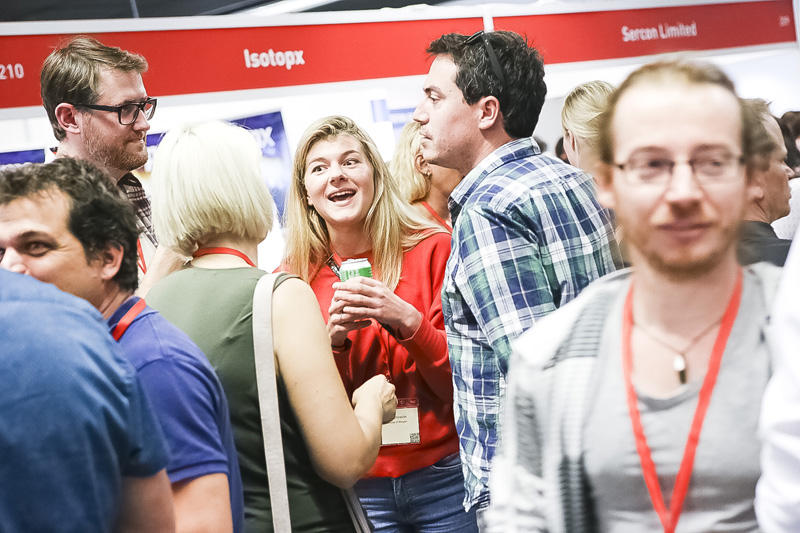Bringing together deep ocean geobiologists
In august this year two scientists from the K.G. Jebsen Centre for Deep Sea Research led a session called "Geobiology of the Deep Ocean and Subsurface: Contributions of the Deep Biosphere to Earth Systems" during the yearly Goldschmidt conference, giving the stage to geochemists, microbiologists and geologists working on deep-sea environments.

Main content
In August this year, seven K.G. Jebsen Centre for Deep Sea Research scientists headed to Paris to attend the Goldschmidt conference. Named after Victor Moritz Goldschmidt, who worked as a professor in Norway in the early 1900s and is seen as the founder of modern geochemistry, this is the largest annual meeting in geochemistry and attracts more than 4000 scientists every year. In recent years, the meeting has become strongly interdisciplinary with topics ranging from mineralogy and environmental geochemistry to less classical ones as geoarcheology and astrobiology.
Associate professors Desiree Roerdink and Eoghan Reeves jumped into this trend and proposed a session on the geobiology of the deep sea at the 2017 Goldschmidt conference. They eventually teamed up with colleagues from Japan, China, the US and France and led a session called "Geobiology of the Deep Ocean and Subsurface: Contributions of the Deep Biosphere to Earth Systems". Desiree explains why they suggested this session: “We wanted to give a stage to geochemists, microbiologists and geologists that are working on deep-sea environments, such as seafloor sediments and hydrothermal vents. The deep sea makes up an incredibly large part of our planet but its geochemistry and biology are still relatively unexplored, so it is important to discuss new data that we are collecting from these places and try to understand how microbes and chemical reactions in these systems affect our planet”.
Thirty-three scientists presented their work in this session, nineteen of them showing their results on a poster and fourteen giving a presentation. Five of the presenters were from Bergen, with Steffen Leth Jørgensen, Rui Zhao and Karen Cecilie Johannessen giving excellent presentations on their work on the sediments of the Arctic Mid-Ocean Ridge system and iron-rich deposits from the Jan Mayen hydrothermal vent field. Desiree concludes: “This was a great opportunity to show to an international audience what exciting work we are doing in the Arctic deep sea”.
